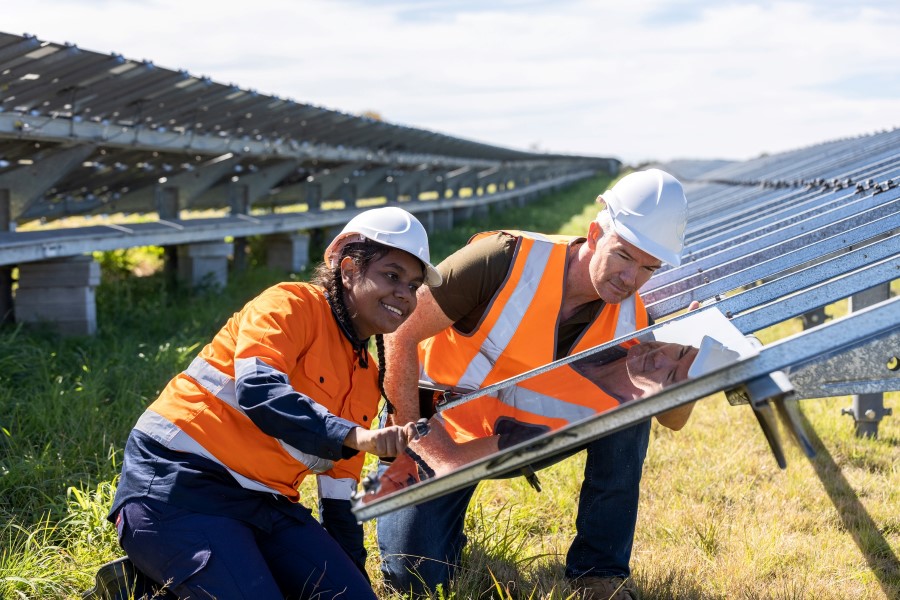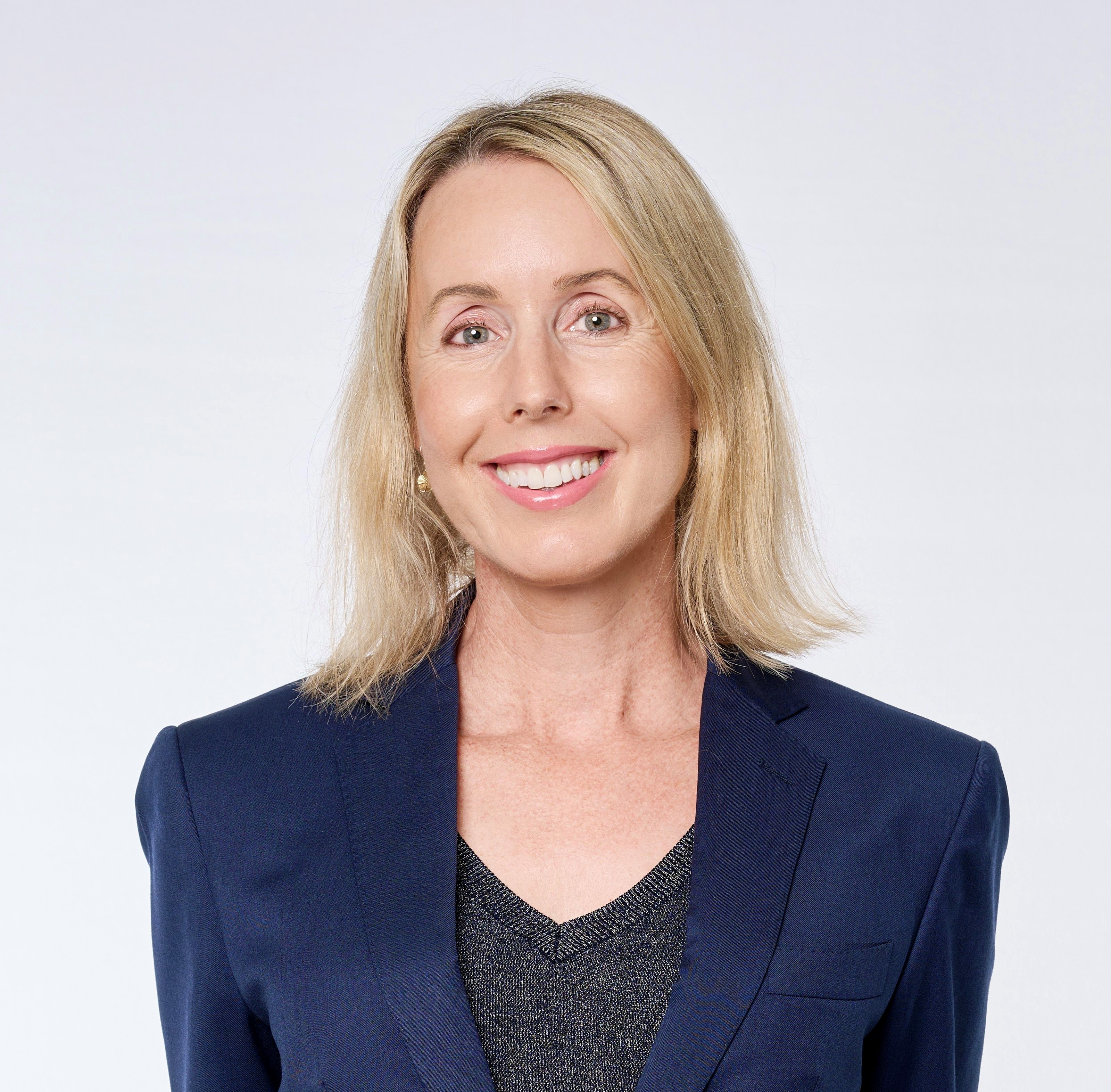
Applying cultural humility, building solid relationships and designing inclusive workplaces are some of the steps employers can take to create quality employment outcomes for First Nations People.
While government procurement and supply chain targets are relevant, employers are increasingly looking beyond that to shape more meaningful engagement with First Nations People as employees, suppliers and partners in business.
Speaking at an Ai Group webinar last week, Stuart McMinn, a Cultural Man from the Dharug and Gubbi Gubbi Nations, said: “Procurement is important but it’s no good if we can’t retain our staff.
“The way we retain our staff is by developing a culturally safe organisation. The most effective way to start is by developing cultural humility.”
Mr McMinn, whose company Gawura Cultural Immersions provides cultural education, said solid relationships were important to First Nations People.
“When I’m working with First Nations clients, it’s about having a good relationship and building a good rapport,” he said.
“Once First Nations People build a relationship, they like to maintain them. It’s important to service these relationships with open communication and honesty and to continue to touch base with these people all the time.”
Many people admit they are scared when it comes to cultural humility, Mr McMinn says.
“They don’t want to do the wrong thing or be tokenistic in their relationship-building,” he said.
“For me, however, tokenism is a starting place. Then we move forward and start to build a relationship and start to develop an understanding of one another. We start to learn. When we start to learn and share, we start to care about one another. It’s such a simple concept but the more we share with one another, the more we start to build that in-depth relationship.
“Most (First Nations) people will stick around when they see development happening, but if it’s the same conversation and the same tokenistic approach, there is going to be a breakdown in those relationships.”
Cultural humility is a journey.
“It starts and continues, and you will hit bumps along the road,” Mr McMinn said.
“You don’t have to have all the answers and when you make a mistake, it’s OK to acknowledge it and accept it’s a learning journey.
“Ask your First Nations employees for guidance: ‘Can you help me understand what I – or we as an organisation — did wrong there so we can ensure it doesn’t happen again and that other people don’t have a similar experience that you’ve had through this situation?’
“If you are coming from a good framework, most people will understand that.”
This is a process, taught by elder Uncle Paul Gordon, that McMinn recommends when building relationships with First Nations People.
Lore is an important part of Aboriginal culture; it pays to have an awareness of this.
“We can’t build a culturally safe environment without love,” Mr McMinn says.
“This requires a strength-based approach. It’s about understanding the historical impacts of the past 250 years but also ensuring we have high expectations of the people we work with. There is nothing wrong with having high expectations of our First Nations staff, as long as we understand the historical impacts, as well.”
“If I’m looking at the people I’m working with, if I’m listening to them — listening to really understand what they are saying and where they are coming from — I can learn from them,” Mr McMinn says.
Learning can take place in ways such as developing a Reconciliation Action Plan (RAP), strengthening the skills of First Nations People and elevating them into leadership positions “where we truly hear them”.
“Once we learn, then we can do the sixth L.”
“Finally, we can lead our industries and organisations into better racial interactions with First Nations People,” Mr McMinn says.
“When you follow these simple processes, you will find procurement and retention of your First Nations staff become easy.
“This framework will help you develop important cultural safety in your organisation.”
“We sometimes get reconciliation paralysis where we are scared to manage our First Nations staff and we are scared to do the wrong thing,” Mr McMinn says.
“What that translates into is that sometimes we are not managing our First Nations staff in the best way. By that I mean we don’t have high expectations of them. That’s racism in reverse and causes morale and retention to drop.
“I have high expectations of the First Nations staff that I work with and high expectations of myself. I expect that I turn up to work on time, that I do a good job when I turn up to an organisation and I expect the people I work with to do the same thing.”
With high expectations comes a need to understand the cultural nuances that take place with First Nations employees.
Some employees may need time off work to fulfill important ceremonial and kinship obligations.
“First Nations People have done ceremony for 120,000 years,” Mr McMinn said.
“It’s important we do that. The staff member needs to be able to articulate that to the organisation, and the organisation needs to figure out how that works.
“Often what happens is that the organisation fires the staff member, and we don’t get to the bottom of that cultural nuance.
“It comes into that ‘look, listen and learn’ aspect. How do we set expectations from the moment a First Nations employee starts with us, and how do we open a dialogue so that they can articulate what they need to do for their obligation and kinship?
“We need to build those relationships from the get-go. You may need a First Nations employee in a position of power to negotiate those things and have those conversations, explaining to non-Indigenous staff what is taking place for that person.”
It’s about giving First Nations People flexibility, rather than special treatment, to ensure good retention. It’s looking at those working relationships and developing them.
Developing a good RAP is a “huge, important part of developing a culturally safe organisation”.
“It’s no good if it just sits on the shelf once you develop it,” Mr McMinn said.
“It should become the guiding document that influences and pushes First Nations services or employment in your organisation. Every single person in the organisation should have responsibility and accountability towards that RAP. It shouldn’t be left up to your First Nations staff to develop it.
“If your CEO or executive team aren’t supporting your RAP, it will fall over. If your management doesn’t have responsibility and accountability towards the plan, it will fall over.
“Is it more work? 100 per cent. Often it results in someone having to do some reporting and people having to attend NAIDOC events or set up celebrations, but the outcomes will be beneficial for your organisation.”
Tailor advertising to the community you want to attract.
Look, listen and learn to develop relationships with the local community and understand what their motivation is.
Create colourful brochures that 'speak' to First Nations people. Don’t include too much written information. Ask simple questions such as: ‘Do you care about your community? Do you want to make a difference?’
“First Nations people have ambition just like anyone else,” Mr McMinn said.
“If there is no room for us to grow in an organisation, we’re not going to stay.
“Often our mob do well when we are given responsibility. How do we carve out pathways for those people to grow throughout your organisation into positions of leadership?”
This type of support can help First Nations People gain leadership skills.
Create opportunities for your employees to:
“When you invest in employees, you create healthy growth opportunities,” Mr McMinn said.
“We often don’t think about how we can create these pathways. We usually think: ‘We’ve got our numbers; we’ve reached our full per cent’.
“However, most of those positions are entry level. Often people don’t know what they want to do unless they’re exposed to it and given an opportunity to learn.
“Mob are loyal. If you look after First Nations People, they will stay with your organisation.”
When we acknowledge country, we acknowledge our connection to the land.
“You have no idea how much power giving an Acknowledgement of Country at the start of a meeting could have for one of your First Nations staff,” Mr McMinn said.
“When non-Indigenous people talk about their own connection to country and understand the beauty of this country, you will move away from a tokenistic acknowledgement.
“Speak from your heart, and people will appreciate it.”
Acknowledgement of Country tells your First Nations employees that they are safe in your organisation, that their identity and culture are valued and what they can contribute as a First Nations Person is valuable.
“Affirmation of identity will ensure people stay in your organisation. Acknowledgement of Country also combats racism.”
Fellow panelist Dean Deighton, Ai Group’s Regional Manager – North Queensland, spoke of the trust he has built with Indigenous organisations to create meaningful and successful business relationships.
He also highlighted organisations already supporting First Nations employment.
Townsville-based Australian Engineering Professionals (AEP) is a First Nations business that also counts among its 30 staff Defence Force veterans.
Led by Mick McMillan, a proud First Nations man and a veteran himself, AEP produces militarised patrol vehicles for the Australian Defence Force.
“They work together in an amazing environment, support each other and learn from each other,” Mr Deighton said.
“Mick is a good mentor to other Indigenous businesses.”
Then there is On Common Country, which recently launched a trade-ready program that paves the way for Indigenous youth to enter the construction sector in North Queensland.
“A number of regional organisations are very excited about this, not only because there is a massive trade deficit of skilled workers, but it’s giving these Indigenous youth the opportunity to learn about being part of a structured workplace environment,” Mr Deighton said.
“It’s mutual learning.”
The program is a partnership between the Housing Industry Association and Construction Skills QLD and is supported by industry partners including Ai Group.
It is led by Noel Gertz, who provides mentoring as well as support for the organisations who want to be potential host employers.
There are 15 youngsters in the first cohort; they will get 120 hours’ on-the-job work with host employers, with the potential to gain an apprenticeship or traineeship.
Webinar panelist Nicola Street, Ai Group’s Director – Workplace Relations Policy, Diversity, Equity & Inclusion, supports these initiatives, adding that research shows more work is needed by employers in Australia.
The Minderoo Foundation's Indigenous Employment Index 2022 found that while some businesses were strategically thinking about First Nations People engagement, Indigenous workers were almost entirely absent from senior management and executive roles.
Further, the retention of Indigenous employees needs attention by many employers.
The report — the first comprehensive snapshot of Indigenous workplace representation, practices and employee experiences carried out in Australia — surveyed 105 employees from 42 large organisations which, together, employ more than 700,000 Australians.
It recommended robust employment targets and to treat racism as a safety issue, given that racism is still being reported.
Systemic approach needed to boost Indigenous employment outcomes
Clough partnership brings exciting career opportunities for First Nations trainees

Wendy Larter is Communications Manager at the Australian Industry Group. She has more than 20 years’ experience as a reporter, features writer, contributor and sub-editor for newspapers and magazines including The Courier-Mail in Brisbane and Metro, the News of the World, The Times and Elle in the UK.